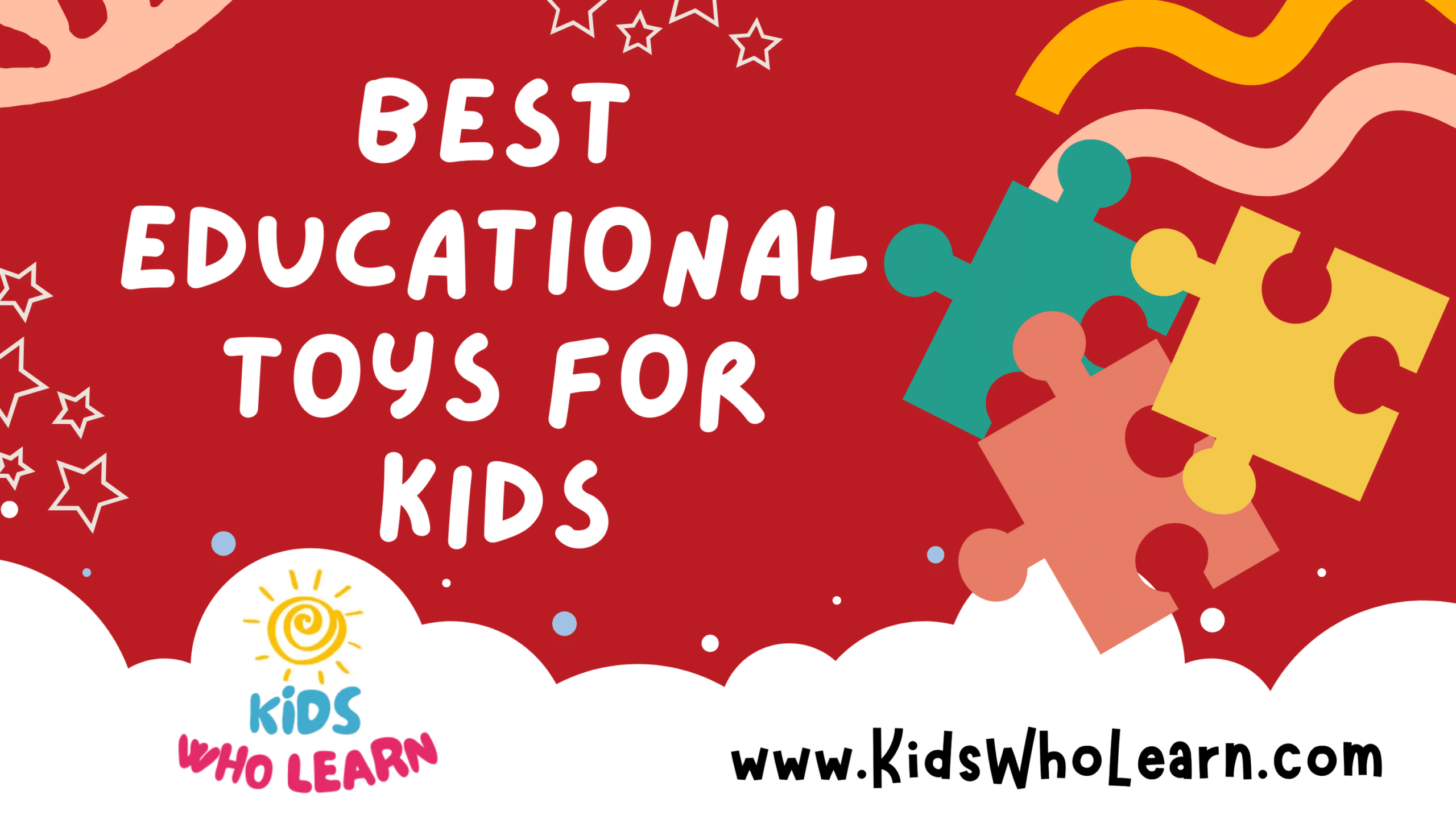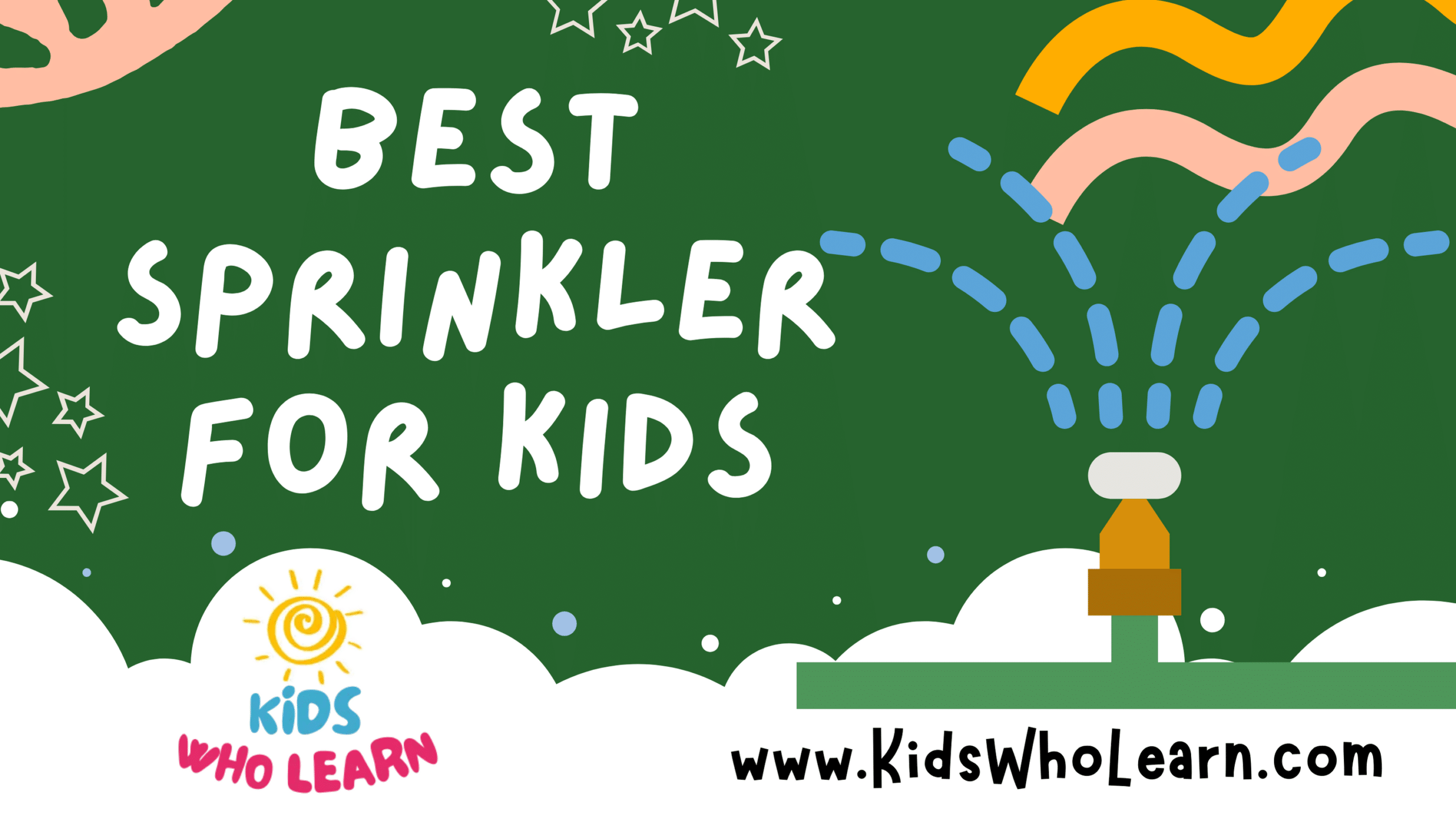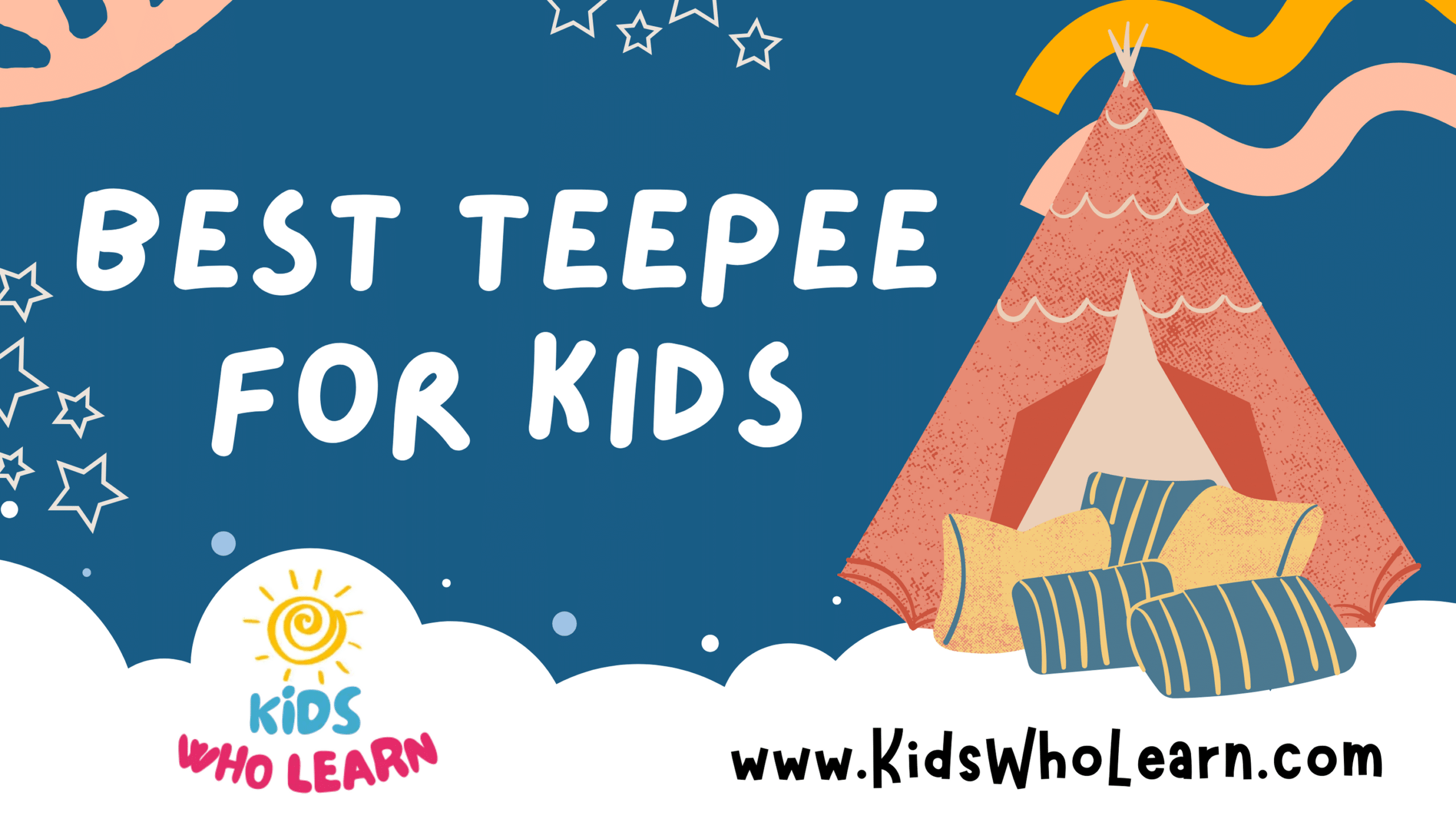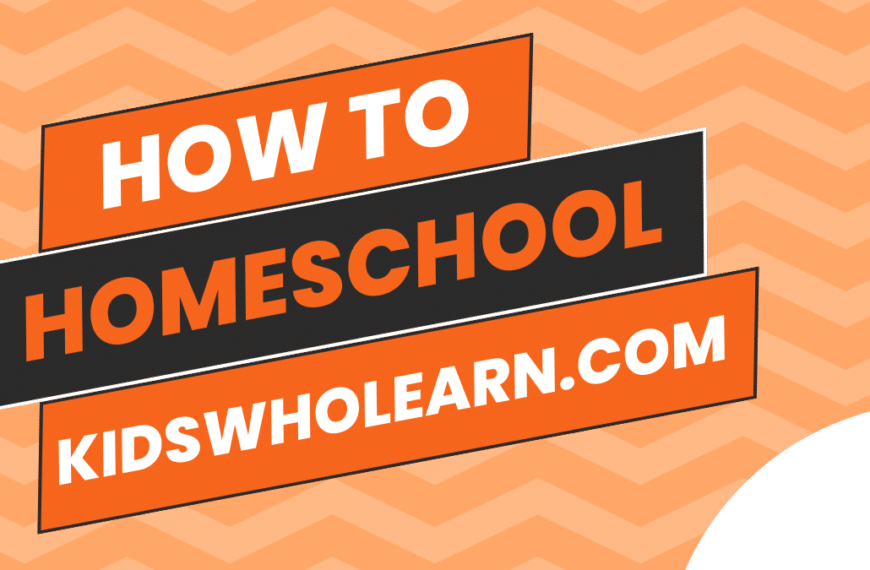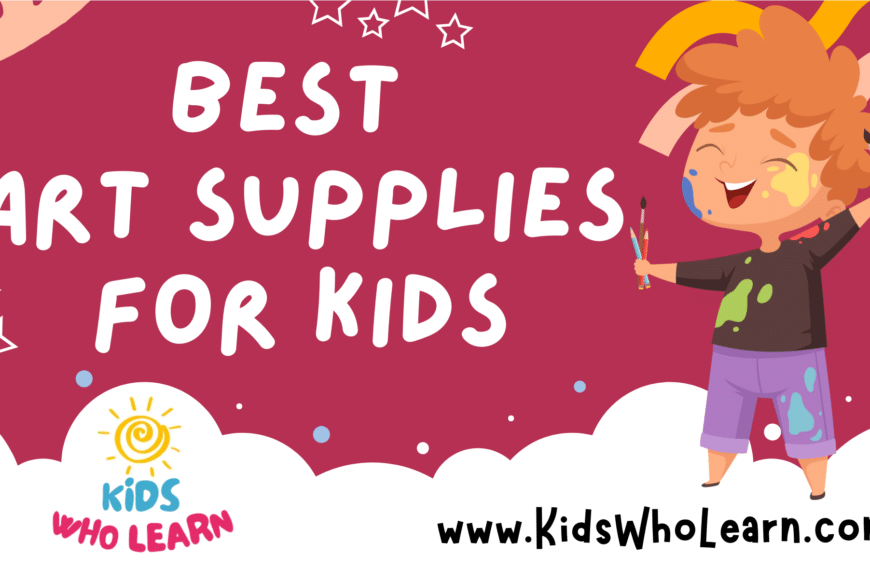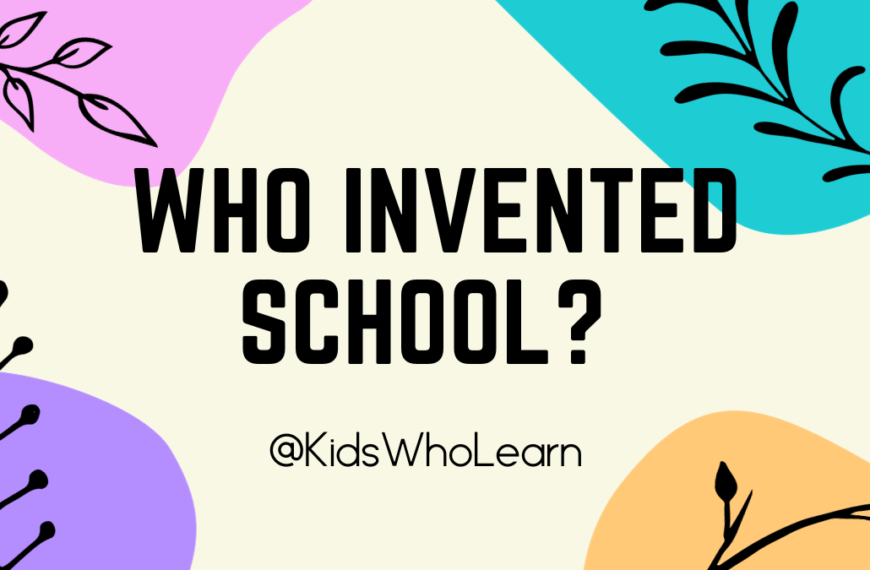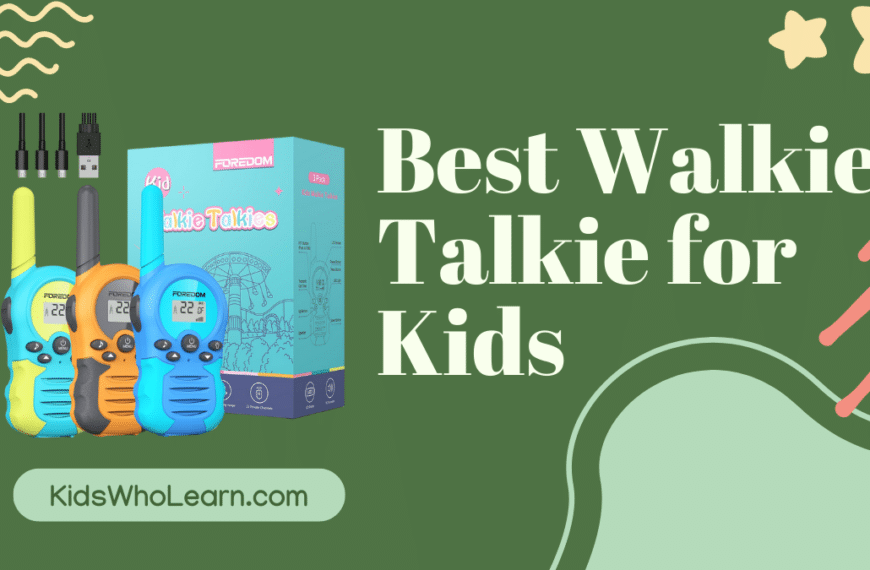Educational toys are crucial tools in a child’s development, offering both the fun of play and the benefits of learning. As opposed to traditional toys, which may primarily entertain, educational toys are designed to stimulate intellectual, social, emotional, and motor skills. In a world where technology is pervasive, these toys serve as an antidote to screen time, encouraging hands-on interaction and face-to-face engagement.
When we consider the vast array of educational toys available, it’s evident that they cater to a range of ages and developmental stages. From simple color matching games for toddlers to complex construction kits for older children, the variety is impressive. These toys often incorporate elements of STEM (Science, Technology, Engineering, and Math), language learning, and creative arts, which can foster critical thinking and problem-solving abilities.
Selecting the right educational toy is critical and hinges on several factors. Age appropriateness is paramount to ensure the toy is challenging yet achievable for the child’s development level. Safety is another cornerstone; non-toxic materials and sturdy construction are a must to safeguard against potential hazards. Another aspect is the toy’s capacity for engagement — it should be interesting enough to hold the child’s attention over time. Additionally, consider the educational toy’s relevance to real-world skills or concepts and its adaptability to grow with the child’s capabilities.
By emphasizing these attributes, we seek to empower parents and educators to make well-informed decisions when choosing educational toys — those that will both captivate children’s imaginations and support their developmental milestones. As we transition into our reviews, we’ll evaluate a diverse range of toys that have been identified as the best in class for fostering learning through play.
Top Educational Toys for Kids
Education and play go hand in hand, and we understand the importance of toys that stimulate a child’s growth and curiosity. Our carefully curated selection of educational toys for kids provides engaging learning experiences while delivering fun. Be it building cognitive skills or enhancing creativity, our list includes a variety of options to suit various interests and age groups. These toys not only keep your little ones entertained but also support their developmental milestones.
HOMETTER STEM Building Kit
We recommend this educational toy for any child eager to explore the fun in building and engineering, as it combines play with learning effectively.
Pros
- Encourages STEM development
- Includes a variety of models to construct
- Provides clear instructions and easy assembly
Cons
- Pieces may be too complex for younger children
- A guided build may be necessary for some
- The set may be smaller than expected
One of the standout aspects of the HOMETTER STEM Building Kit is its role in promoting children’s grasp of STEM concepts. By engaging with this toy, kids can better understand the mechanics behind construction and design. This can serve as a valuable stepping stone in their educational journey, potentially sparking a lasting interest in science and engineering fields.
Another great feature is the versatility of the models included. With 10 different construction vehicles to build, children will not quickly become bored. This variety also allows for varying degrees of difficulty, catering to a range of age groups and skill levels. Kids can build everything from a crane to a bulldozer, keeping their playtime both exciting and diverse.
However, despite the toy’s many educational benefits, some considerations need to be taken into account. The complexity of the pieces may be challenging for the youngest of builders, possibly requiring adult supervision or assistance. Additionally, the product photos might give the impression that the set is larger than it is in reality, so manage expectations and consider the space available for play.
Quokka Wooden Puzzles
We recommend Quokka Wooden Puzzles for their educational value in geography and space, vibrant imagery, and durable design, catering to various learning stages for children.
Pros
- Enhances geographic and spatial awareness
- Bright, direct-to-wood printing for longevity
- Laser-cut pieces promote fine motor skill development
Cons
- Smaller pieces may be challenging for the youngest users
- Space puzzle complexity may lead to frustration
- Lack of storage container leads to potential for lost pieces
These Quokka Wooden Puzzles serve as a fantastic resource for cultivating young minds. Designed to accommodate various developmental stages, these puzzles introduce kids to geography and space in an interactive and fun way. The tactile nature of puzzle assembly hones fine motor skills, while the challenge of piece placement nurtures problem-solving abilities.
Durability is crucial when it comes to children’s toys, and these puzzles boast a sturdy construction. Directly printed onto wood, the puzzles are equipped to withstand enthusiastic play. The colorful pieces, representing states, planets, and countries, spark curiosity, making learning an adventure.
Despite its many strengths, the product could be daunting for the smallest fingers. Some toddlers might find the smaller pieces of the puzzles difficult to manipulate. Moreover, the solar system puzzle, with its complex assembly, might test the patience of younger children who are just beginning to grasp puzzle dynamics, possibly leading to a temporary disinterest.
In summary, Quokka Wooden Puzzles deliver an engaging and educational experience, capable of keeping kids captivated while they learn. With vibrant illustrations and a focus on educational content, these puzzles are more than just toys; they’re tools for learning, making them a valuable addition to any child’s playroom.
Bindi’s Talking Microscope
We recommend this microscope for its interactive learning experience that makes science both accessible and fun for kids.
Pros
- Introduces children to science with interactive voice guidance from Bindi Irwin
- Encourages independent learning with a kid-friendly design and dual eyepieces
- Features over 100 facts and quizzes across 60 colorful slides for varied learning content
Cons
- Only provides a fixed magnification, limiting in-depth exploration
- Requires batteries, which are not included with the purchase
- As a talking microscope, lacks the functionality of traditional microscopes for older children
The Educational Insights GeoSafari Jr. Talking Microscope brings nature to life with the enthusiastic voice of Bindi Irwin guiding young explorers. It’s a solid entry point into the wonders of biology and encourages questions and discovery. With its colorful design and engaging audio, this microscope will hold the attention of any curious mind.
Learning is a dynamic process, and this microscope encapsulates that. Its array of slides not only keeps the child’s interest but also expands their horizon beyond common household items to the intricate details of the natural world around them. The dual eyepieces are especially helpful for small children as they eliminate the need to close one eye, making it more comfortable and intuitive to use.
The quizzes and facts provided by the microphone inspire children to remember and learn from what they see. While the microscope may not grow with older children due to its fixed magnification, it serves as an excellent scientific toy for preschoolers. It’s a good balance between educational content and entertainment, making it a gift that children will come back to repeatedly.
In conclusion, our shared experience with the GeoSafari Jr. Talking Microscope reassures us that it’s a gift that ignites a love for science and exploration. Despite its limitations in magnification and functionality as a traditional microscope, it promises an engaging and informative journey for young minds just beginning to tap into their scientific curiosity.
Snap Circuits Jr. SC-100
In choosing the Snap Circuits Jr. SC-100, you’re giving kids a captivating experience with the wonders of electrical engineering.
Pros
- Encourages hands-on learning of electrical circuits without the need for soldering
- Helps develop skills in following instructions and understanding basic engineering concepts
- Expandable and compatible with other Snap Circuits kits for extended learning
Cons
- May be challenging for younger children despite the 8+ year recommendation
- Requires supervision to ensure proper usage and understanding of the projects
- Batteries not included, which means additional purchase to get started
The Snap Circuits Jr. SC-100 introduces young minds to the fundamental principles of electronics. By snapping together components onto a plastic grid, children produce functioning circuit boards, similar to those inside common electronic devices. This process demystifies the workings of technology while nurturing a curiosity for science and engineering.
With a collection of over 30 pieces, the kit allows learners to construct various projects, progressing in complexity. It’s designed for 8-year-olds and up, making intricate concepts accessible through clear instructions and color coding. As young scientists build, they’ll gain confidence in their ability to create and troubleshoot circuits.
Broadly speaking, we appreciate that the toy simplifies learning without diluting content. Kids start with a basic electric light and switch, moving toward more advanced constructions like a voice-controlled lamp. For further exploration, the kit can be upgraded, ensuring it continues to challenge as young users grow. That said, adults should be ready to lend a hand, as some projects may be sophisticated for the younger end of the age range.
Qiaojoy Interactive Map
We recommend this interactive map for its engaging educational content that introduces children to geography in a fun and immersive way.
Pros
- Offers bilingual learning in English and Spanish
- Includes a diverse range of geographic facts and quizzes
- Encourages interactive play with a DIY magic wand and recording capabilities
Cons
- May require frequent battery replacements for the stylus
- Packaging might reveal the product when intended as a surprise gift
- Reports of incorrect information which may confuse learners
Interactive educational toys are a cornerstone for developing critical thinking and world knowledge in children. This particular map, with its impressive array of accolades, seems to deliver on this promise. By gamifying the learning process, it transforms memorizing facts into a fun and engaging experience for kids.
Its bilingual feature is a standout, actively fostering language skills alongside geographic knowledge. This versatility ensures that children from different language backgrounds can enjoy and learn from the map. Additionally, the product is designed to spark creative thinking, as the DIY magic wand enables kids to interact and record their stories or songs.
However, some practical concerns could be a consideration for potential buyers. For example, the need for regular battery changes in the stylus pen could become an inconvenience. Additionally, the packaging might inadvertently spoil a surprise gift, an issue that could be significant around special occasions like birthdays or holidays. Furthermore, if there’s indeed incorrect information on the map, this could mislead learners or require parental intervention to correct.
In conclusion, Qiaojoy’s Interactive Map promises a valuable educational experience. While there are minor drawbacks, the benefits of this engaging learning tool can be substantial. It’s an investment in your child’s education that might well ignite a lifelong passion for geography and learning.
PlayShifu Plugo Letters
For children embarking on a journey of language and cognition development, PlayShifu Plugo Letters is a compelling educational tool.
Pros
- Fosters independent learning through an enjoyable AR-powered word game.
- Enhances a broad spectrum of skills including spelling, grammar, and vocabulary.
- Adaptable difficulty levels cater to a wide age range, from pre-K to fourth graders.
Cons
- Requires specific device compatibility, which may limit accessibility.
- Physical interaction with tiles may not be as intuitive as traditional screen tapping for some users.
- Dependent on screen-time, which might be a concern for screen-conscious parents.
Interactive and engaging educational toys are a must in today’s world, and PlayShifu Plugo Letters stands out with its innovative approach. This game kit bridges the gap between hands-on learning and beneficial screen time. We appreciate how it turns spelling into an exciting adventure with story-based games and fosters an intuitive understanding of phonics for younger learners.
The progression system embedded within the accompanying app is remarkable; it smartly adapts to a child’s grade level. It is heartening to see technology being used to create a custom learning journey that evolves with our kids’ abilities. This thoughtful feature means that our investment continues to pay off as they grow.
However, we should note that compatibility constraints could be a bottleneck. Before acquiring PlayShifu Plugo Letters, it’s advisable to confirm that our devices meet the game’s requirements. Moreover, while the tactile interaction with letter tiles is a unique aspect, it might not appeal to children used to more conventional touch interactions.
Conclusively, if our gadgets are compatible and we’re seeking an educational toy that balances traditional and tech-based learning, PlayShifu Plugo Letters is a compelling choice. It successfully integrates the essentials of language learning with modern interactive elements, shaping it into a worthy addition to our children’s educational toy collection.
Tacto Coding by PlayShifu
For curious young minds interested in technology, Tacto Coding by PlayShifu presents a captivating gateway into the world of programming through interactive gameplay and storytelling.
Pros
- Enhances logical thinking and problem-solving skills
- Encourages independent learning
- Interactive storytelling keeps children engaged
Cons
- Not currently compatible with Amazon Fire devices
- May be challenging for younger children without guidance
- On the higher price end for educational toys
Encouraging the mastery of essential coding concepts, Tacto Coding by PlayShifu engages children with interactive and narratively rich challenges. This toy serves as both an educational tool and a source of entertainment, seamlessly blending learning with fun.
We appreciate how Tacto Coding doesn’t just teach direction-based coding but also introduces children to inputs and outputs, loops, sequencing, and other core principles. By using hands-on pieces and a digital application, it appeals to various learning styles.
Realizing the importance of reducing screen time, this educational toy offers a constructive alternative where screen interaction promotes learning. However, parents should note the device compatibility limitations and adjust their expectations accordingly—it’s a great investment in your child’s learning, provided you have the right hardware.
Buying Guide
When selecting educational toys for children, it’s crucial we consider several key features that ensure the toy will be beneficial to the child’s development. We focus on age-appropriate toys that challenge but do not frustrate, and that align with the child’s interests and developmental stage.
Criteria for Selection
- Age Appropriateness: We look for toys that match the child’s cognitive and motor skill level.
- Educational Value: We evaluate whether the toy teaches new concepts or skills.
- Engagement: The toy should captivate the child’s attention for prolonged periods.
- Replay Value: We prefer toys that children will return to again and again.
Key Features to Consider
- Safety: The toy must meet safety standards with no choking hazards or toxic materials.
- Durability: We seek out sturdy toys that can withstand rough play.
- Adaptability: Toys that grow with the child offer better value for long-term learning.
- Interactive Elements: Interactive features can enhance the learning experience.
Product Specifications
| Feature | Description |
|---|---|
| Material | Should be high-quality and non-toxic. |
| Complexity | Must be suitable for the child’s age and abilities. |
| Skills Developed | Look for toys that promote cognitive, motor, and social skills. |
In our recommendations, we only consider toys that promote active learning, meaning they require interaction and thought, rather than passive observation. We ensure that the educational toys serve a purpose, like enhancing problem-solving or improving literacy skills, and avoid those that are purely for entertainment without any developmental benefits. Our guidance is rooted in the belief that the best educational toys are those that foster a love for learning.
Frequently Asked Questions
In this section, we address common inquiries about educational toys appropriate for various age groups, to ensure that kids receive both fun and learning from their playtime.
What are some recommended educational toys for children aged 10 to 12?
For children aged 10 to 12, we suggest construction kits, science experiment sets, and advanced puzzle games. These toys stimulate critical thinking, creativity, and an interest in science and engineering.
What learning toys can best aid the development of 2-year-olds?
At 2 years old, kids benefit from shape sorters, simple puzzles, and interactive books. These toys help develop fine motor skills and basic problem-solving abilities.
Which toys are best suited for enhancing the education of 5-year-old children?
Educational toys like simple coding robots, counting games, and phonics boards are suitable for 5-year-olds. They promote literacy, numeracy, and foundational programming skills.
What types of educational toys are most beneficial for kids in the 3 to 4 year age range?
For the 3 to 4 age bracket, toys like role-play sets, letter tracing boards, and counting bears encourage imaginative play while introducing early math and literacy concepts.
Are there specific toys that support the developmental needs of a 6-year-old?
At age 6, children thrive with interactive reading systems, basic science kits, and puzzles with more complex designs. These help expand vocabulary, introduce scientific observations, and improve cognitive skills.
What kind of toys should be considered appropriate and educational for middle school-aged children?
Middle school-aged children benefit from more complex construction sets, programming kits, and mathematics games that challenge their growing cognitive abilities and encourage logical reasoning and problem-solving.

